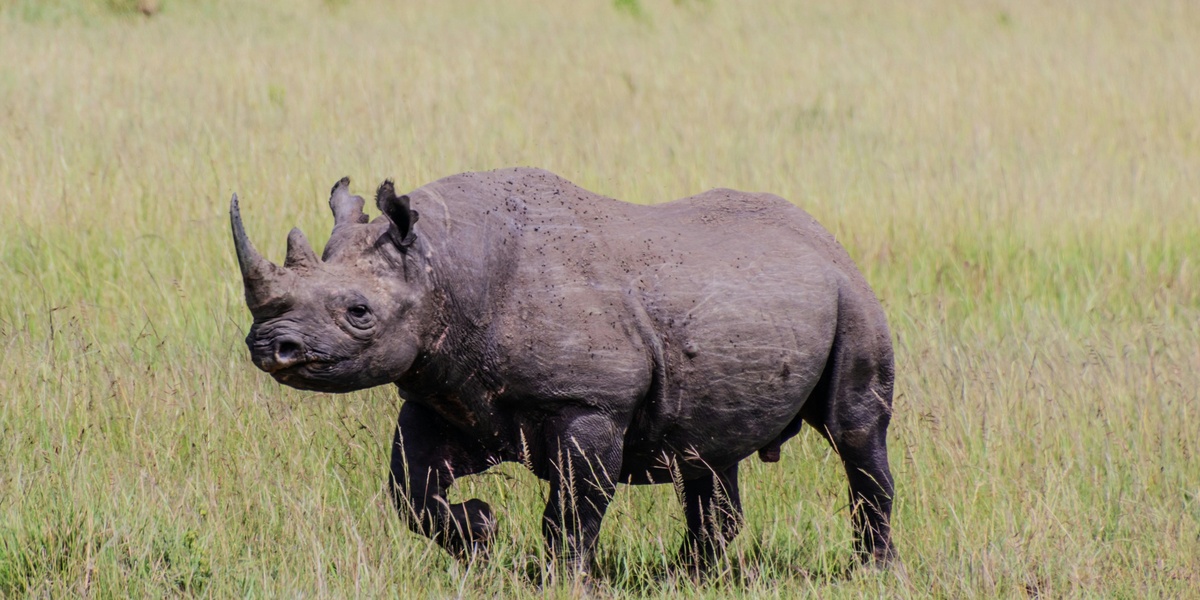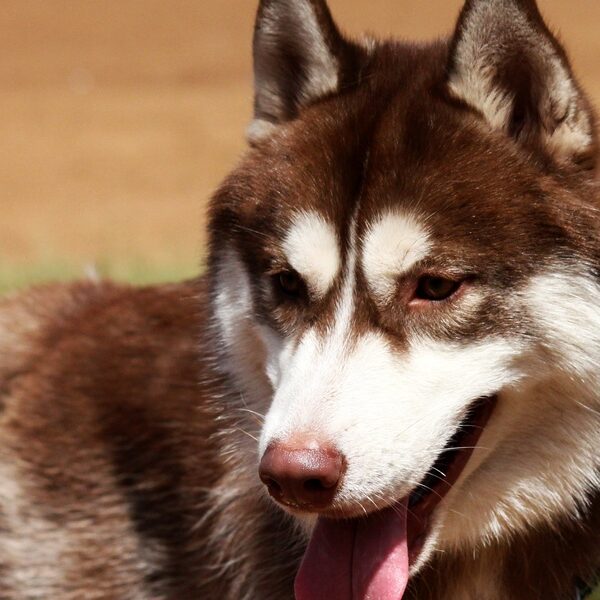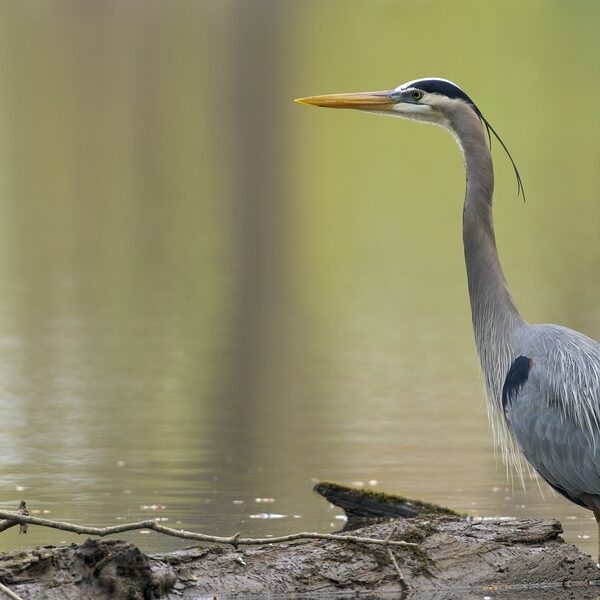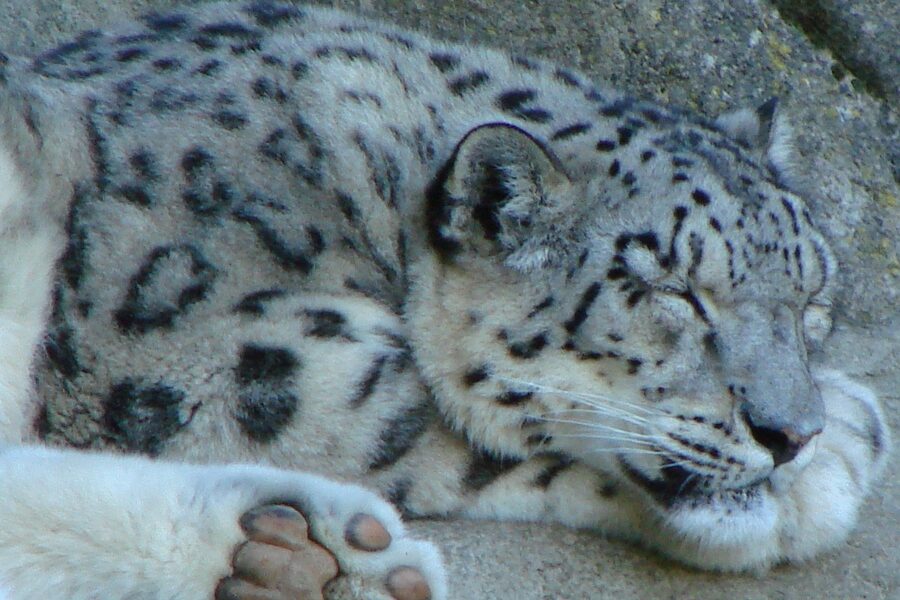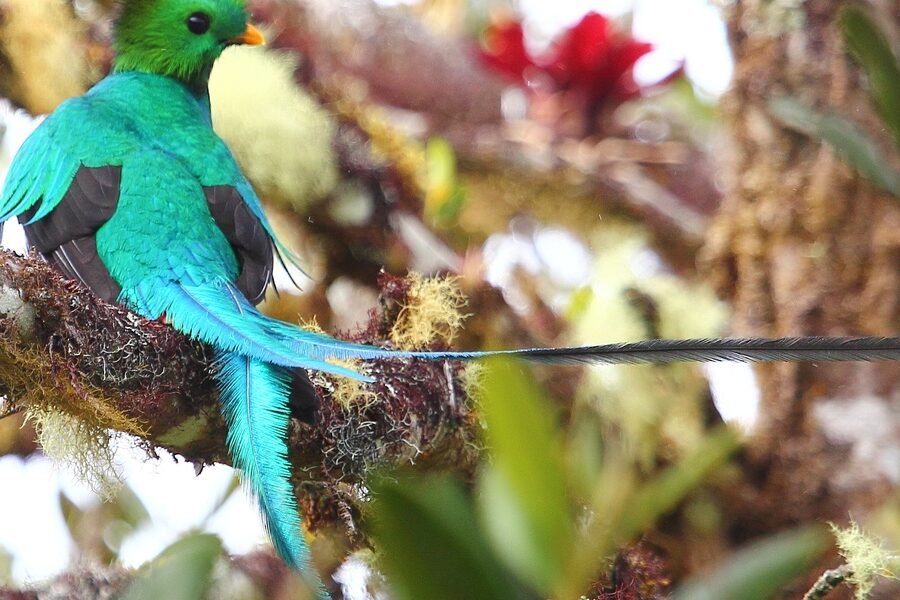South Africa’s landscapes—from fynbos and grasslands to wetlands and coastal waters—support a wide variety of wildlife, but many species now face shrinking ranges and mounting threats. Understanding which animals are most at risk helps focus conservation efforts and local awareness.
There are 34 Endangered Species in South Africa, ranging from African Coelacanth to White-winged Flufftail. Each entry is presented with Scientific name,Status (source),Habitat & distribution so you can quickly compare taxonomy, conservation status and where the species occurs — you’ll find below.
How is a species designated as endangered in South Africa?
Species are typically assessed using IUCN Red List criteria and national surveys; authorities combine population trends, range size, and threat levels (habitat loss, poaching, climate change) to assign a status. The “Status (source)” column shows which assessment is cited, so you can check whether the listing is global, national, or based on a recent study.
What practical steps can individuals take to help these species?
Practical actions include supporting reputable local conservation groups, avoiding products that drive habitat loss, reporting sightings to citizen-science platforms, practising responsible ecotourism, and backing habitat restoration or protection initiatives in your area. Small, consistent actions can reduce pressures on vulnerable populations.
Endangered Species in South Africa
| Name | Scientific name | Status (source) | Habitat & distribution |
|---|---|---|---|
| Black Rhino | Diceros bicornis | CR (IUCN 2020) | Savanna, thickets, and bushland in various reserves across several provinces. |
| African Wild Dog | Lycaon pictus | EN (IUCN 2021) | Savanna and woodland in Kruger National Park and reserves in KZN, North West. |
| Riverine Rabbit | Bunolagus monticularis | CR (IUCN 2019) | Karoo’s seasonal riverine vegetation in Western and Northern Cape. |
| White-backed Vulture | Gyps africanus | CR (IUCN 2021) | Savannas and woodlands, particularly in Kruger National Park and surrounding areas. |
| African Penguin | Spheniscus demersus | EN (IUCN 2018) | Coastal islands and mainland sites along the Western and Eastern Cape coasts. |
| Geometric Tortoise | Psammobates geometricus | CR (IUCN 2020) | Critically rare renosterveld lowlands of the Western Cape. |
| Table Mountain Ghost Frog | Heleophryne rosei | CR (IUCN 2017) | Fast-flowing, forested streams on Cape Town’s Table Mountain. |
| Wattled Crane | Bugeranus carunculatus | CR (SANBI 2015) | High-altitude wetlands and grasslands in KwaZulu-Natal and Mpumalanga. |
| Cape Vulture | Gyps coprotheres | EN (IUCN 2021) | Mountainous nesting cliffs and open grasslands for foraging, primarily in the Drakensberg region. |
| Bearded Vulture | Gypaetus barbatus | CR (SANBI 2015) | High-altitude cliffs of the Maloti-Drakensberg mountains in KZN and Eastern Cape. |
| African Coelacanth | Latimeria chalumnae | CR (IUCN 2022) | Deep-sea canyons off the coast of Sodwana Bay, KwaZulu-Natal. |
| White-winged Flufftail | Sarothrura ayresi | CR (IUCN 2021) | High-altitude seasonal wetlands in Mpumalanga and Free State. |
| Pickersgill’s Reed Frog | Hyperolius pickersgilli | CR (IUCN 2016) | Coastal wetland fragments in KwaZulu-Natal, from St Lucia to Durban. |
| Albany Cycad | Encephalartos latifrons | CR (IUCN 2009) | Dry, rocky scrubland in a very small area of the Eastern Cape. |
| Oribi | Ourebia ourebi | EN (SANBI 2016) | Temperate grasslands in Eastern Cape, KwaZulu-Natal, and Mpumalanga. |
| Knysna Seahorse | Hippocampus capensis | EN (IUCN 2017) | Endemic to three estuaries: Knysna, Keurbooms, and Swartvlei in the Western Cape. |
| Southern Ground-Hornbill | Bucorvus leadbeateri | EN (SANBI 2015) | Savannas and woodlands, mostly in Kruger Park and northern KZN. |
| Cape Parrot | Poicephalus robustus | EN (SANBI 2015) | Mist-belt yellowwood forests in KZN, Eastern Cape, and Limpopo. |
| Leatherback Sea Turtle | Dermochelys coriacea | CR (IUCN SW Indian Ocean subpop. 2019) | Nests on northern KZN beaches; forages in open oceans. |
| White-headed Vulture | Trigonoceps occipitalis | CR (IUCN 2021) | Open savanna with tall trees in the Kruger National Park region. |
| Twee River Redfin | Pseudobarbus erubescens | CR (IUCN 2017) | Endemic to the Twee River system in the Western Cape’s Cederberg mountains. |
| Albany Adder | Bitis albanica | CR (IUCN 2017) | Succulent thicket habitat in a tiny area of the Eastern Cape. |
| Western Leopard Toad | Sclerophrys pantherina | EN (IUCN 2017) | Fynbos wetlands and suburban gardens on the Cape Flats, Western Cape. |
| Samango Monkey (Southern) | Cercopithecus mitis labiatus | EN (SANBI 2016) | Afromontane forests in Mpumalanga, Limpopo, and KwaZulu-Natal. |
| Rough-haired Golden Mole | Chrysospalax villosus | EN (SANBI 2016) | Grasslands and wetlands in KZN, Mpumalanga, Gauteng, and Eastern Cape. |
| Hooded Vulture | Necrosyrtes monachus | CR (IUCN 2021) | Savannas and woodlands, particularly in the greater Kruger National Park area. |
| Cape Cormorant | Phalacrocorax capensis | EN (IUCN 2022) | Nests on coastal islands along the Western and Eastern Cape coasts; forages at sea. |
| Spotted Ground-thrush | Geokichla guttata | EN (IUCN 2018) | Breeds in coastal dune and Afromontane forests in KZN and Eastern Cape. |
| Karkloof Blue Butterfly | Orachrysops ariadne | CR (LSSA 2013) | Mistbelt grasslands in a few sites in the Karkloof, KwaZulu-Natal. |
| Bank Cormorant | Phalacrocorax neglectus | EN (IUCN 2018) | Rocky offshore islands along the Western Cape coast. |
| Cape Platanna | Xenopus gilli | EN (IUCN 2017) | Blackwater fynbos ponds and vleis on the Cape Peninsula and Agulhas Plain. |
| Van Zyl’s Golden Mole | Cryptochloris zyli | EN (IUCN 2015) | Coastal sand dunes and sandy plains near Lambert’s Bay, Western Cape. |
| Dwindling Sun-dew | Drosera insolita | CR (SANBI 2018) | Seasonal seepages on a single quartzite ridge in the Western Cape. |
| Pondoland Coconut | Jubaeopsis caffra | EN (SANBI 2015) | Two river gorges on the Wild Coast of the Eastern Cape. |
Images and Descriptions
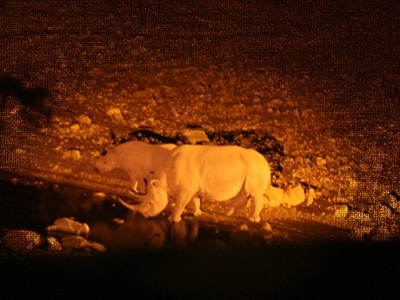
Black Rhino
A large, browsing herbivore with a prehensile upper lip for grasping foliage. Critically endangered due to rampant poaching for its horn, which is falsely believed to have medicinal properties. Despite their size, they can run up to 55 km/h.
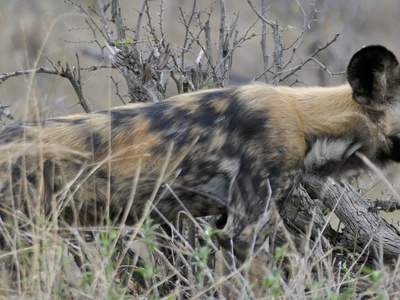
African Wild Dog
A highly social canid known for its mottled coat and large, round ears. Endangered due to habitat loss, human conflict, and diseases from domestic dogs. They are incredibly efficient cooperative hunters, with a very high success rate on chases.
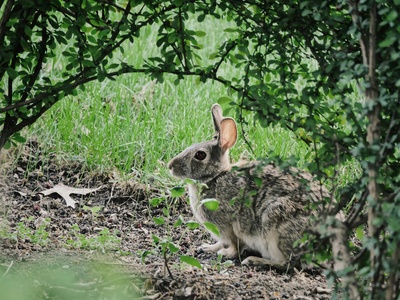
Riverine Rabbit
One of Africa’s rarest mammals, this nocturnal rabbit depends on dense riverine bush. Its population is severely fragmented and declining due to habitat destruction for agriculture. It is the only African rabbit that constructs and lives in a burrow.
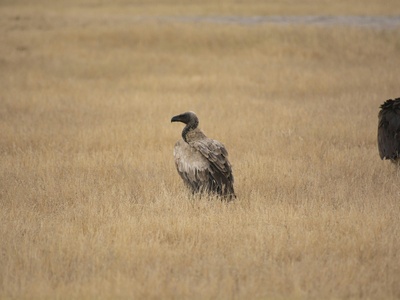
White-backed Vulture
Once Africa’s most common vulture, its population has collapsed due to mass poisoning incidents where carcasses are baited to kill predators or for belief-based use. Vultures are essential for ecosystem health, rapidly disposing of carcasses and halting the spread of diseases.
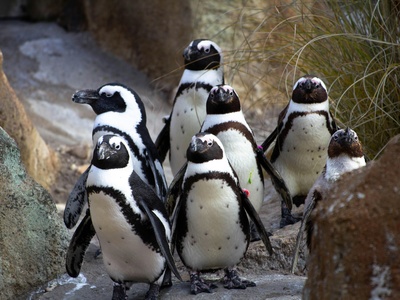
African Penguin
The only penguin species that breeds in Africa. Numbers have plummeted due to overfishing of its main food sources, sardines and anchovies, as well as oil spills. They have unique black spots on their chest, which are like fingerprints for identifying individuals.
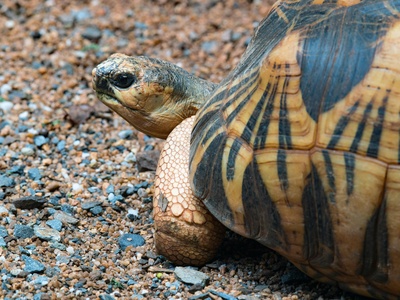
Geometric Tortoise
A small tortoise with a stunning yellow star pattern on its black shell. Considered one of the world’s rarest tortoises, it is critically endangered due to near-total destruction of its specialized fynbos habitat for agriculture and urban development.
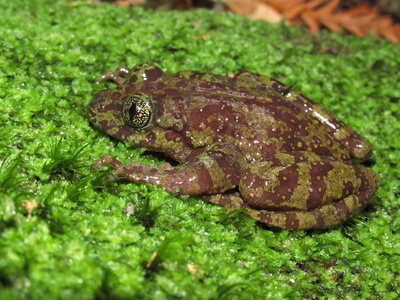
Table Mountain Ghost Frog
A cryptic frog adapted to mountain streams, with tadpoles that have sucker-like mouths. It’s critically endangered due to habitat degradation from invasive alien plants and human activity on its tiny, isolated range. It is found nowhere else on Earth.
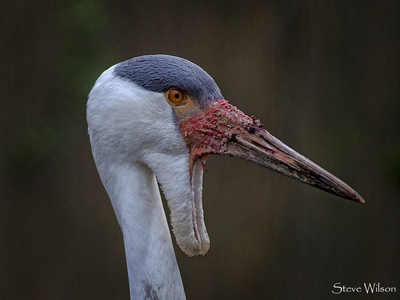
Wattled Crane
Africa’s largest crane, identified by the fleshy wattles hanging from its throat. It is critically endangered in South Africa due to wetland drainage, afforestation, and disturbances at nest sites. They are monogamous and perform elaborate, athletic courtship dances.
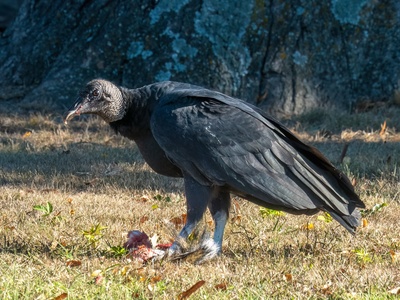
Cape Vulture
A large, cliff-nesting vulture endemic to southern Africa. It’s endangered by poisoning, collisions with power lines, and reduced food availability. They play a vital role as nature’s cleanup crew, preventing the spread of diseases.
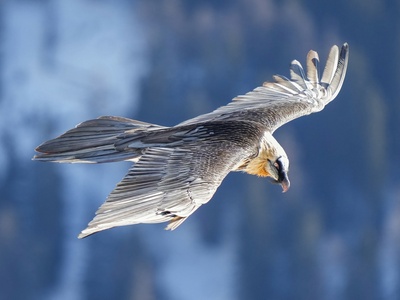
Bearded Vulture
A magnificent raptor famous for dropping bones from a height to crack them open for marrow. The southern African subspecies is critically endangered due to poisoning, collisions with power lines, and habitat degradation. It’s also known as the Lammergeier.
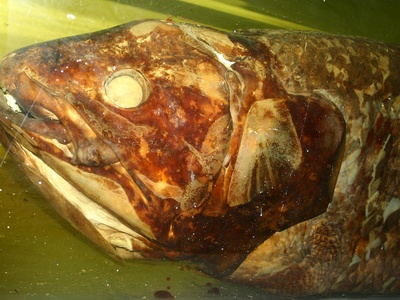
African Coelacanth
A “living fossil,” this ancient fish was thought extinct until rediscovered in 1938. Its tiny South African population is threatened by accidental capture in deep-sea fisheries. Coelacanths give birth to live young after a gestation period that may last for years.
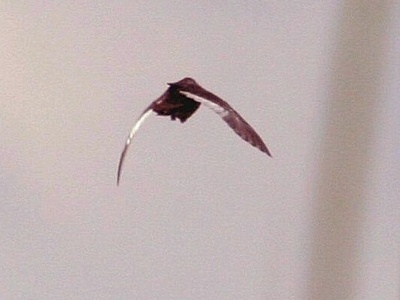
White-winged Flufftail
One of the world’s rarest and most enigmatic birds, this tiny rail is incredibly secretive. It is critically endangered due to the degradation of its specialized wetland habitat from mining and poor water management. Its breeding grounds were only confirmed in 2018.
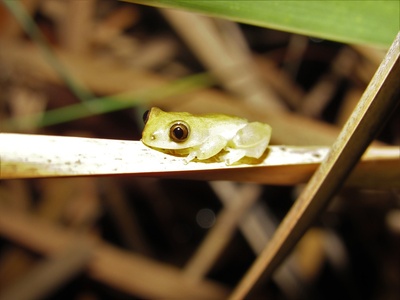
Pickersgill’s Reed Frog
A tiny, brightly coloured frog that lives in reeds. It is critically endangered due to the severe fragmentation and destruction of its coastal wetland habitat by sugar cane farming and urban development. It was only formally described as a species in 1979.
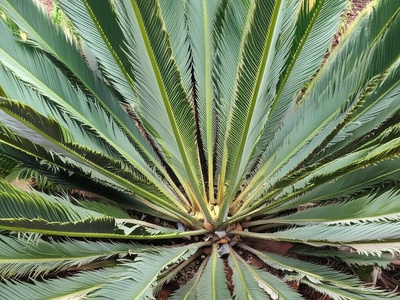
Albany Cycad
An ancient, slow-growing cycad known for its broad, spiny leaflets. It is critically endangered and functionally extinct in the wild due to over-collection by poachers. The few remaining plants are mostly male, preventing natural reproduction.
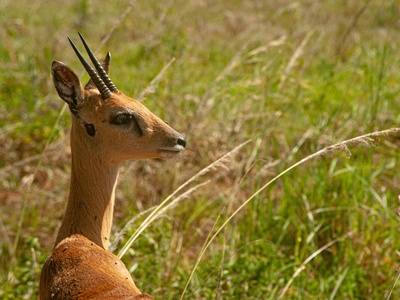
Oribi
A graceful, small antelope that relies on open grasslands. It is endangered in South Africa due to extensive habitat loss to agriculture and forestry, and is also vulnerable to illegal hunting with dogs. When startled, they perform a stiff-legged jumping display called “stotting”.
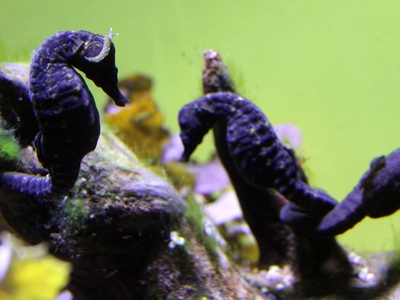
Knysna Seahorse
South Africa’s only native seahorse, and the world’s most endangered. It lives in submerged vegetation and is threatened by habitat degradation from pollution and development within its tiny estuarine range. Unlike most seahorses, it has a short, smooth snout.
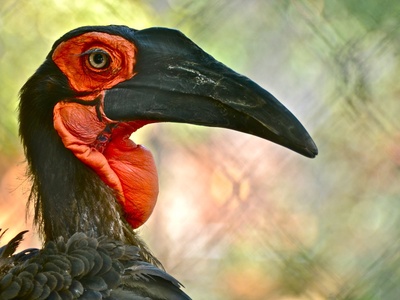
Southern Ground-Hornbill
A large, carnivorous, ground-dwelling bird known as the “thunder bird” for its deep calls. Endangered due to habitat loss, loss of large nesting trees, and secondary poisoning. They live in cooperative family groups and are culturally significant in many regions.
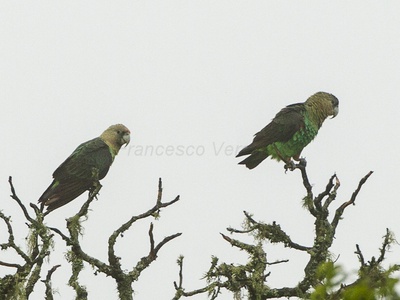
Cape Parrot
Africa’s only endemic parrot, known for its large beak and golden head. It is endangered due to the loss of its ancient yellowwood nesting trees and a viral disease (Psittacine Beak and Feather Disease). They rely on yellowwood fruit as a critical food source.
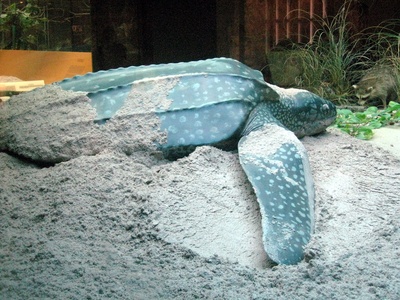
Leatherback Sea Turtle
The largest sea turtle, uniquely lacking a hard, bony shell. It is critically endangered in this region due to egg harvesting, plastic ingestion, and being accidentally caught in fishing gear. They can dive deeper than any other turtle, over 1,000 meters.
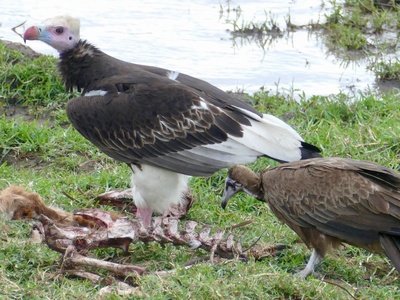
White-headed Vulture
A striking vulture with a pinkish beak and white crest. It is critically endangered due to poisoning, habitat loss, and reduced availability of medium-sized mammal carcasses. Unlike other vultures, it often arrives first at a carcass and can tear through tough hides.
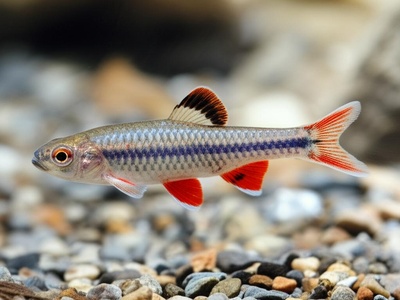
Twee River Redfin
A small, colourful minnow found nowhere else on Earth. It is critically endangered due to predation by invasive alien fish like bass, which were introduced for angling, and water extraction for agriculture. It is a flagship for freshwater conservation.
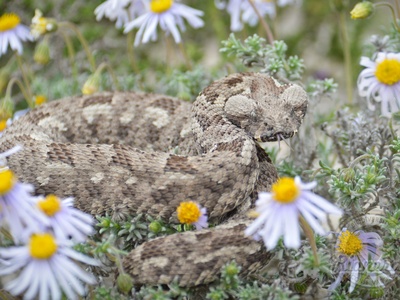
Albany Adder
A small, rare viper that was once thought to be extinct. Rediscovered in the 1990s, it is critically endangered due to habitat destruction from quarrying and agriculture in its extremely small, fragmented range. Very little is known about its biology.
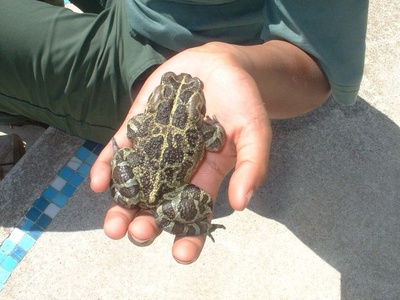
Western Leopard Toad
A large, striking toad known for its mass breeding migrations on rainy nights. It is endangered by urban development that has fragmented its habitat and created road mortality hotspots. Community “toad patrols” help thousands cross roads safely during breeding season.
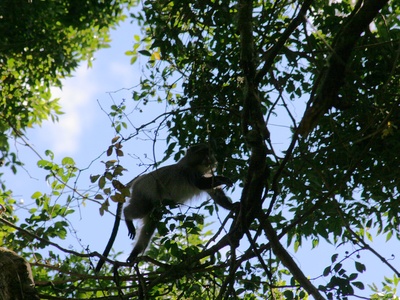
Samango Monkey (Southern)
A shy, forest-dwelling monkey threatened by severe fragmentation and loss of its native forest habitat, primarily for commercial plantations and agriculture. They are important seed dispersers, playing a key role in forest regeneration. This subspecies is unique to South Africa.
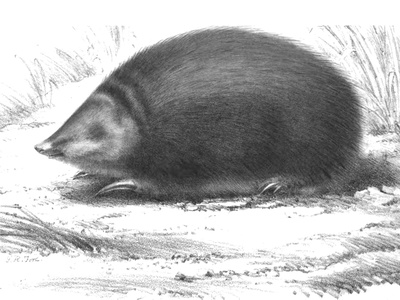
Rough-haired Golden Mole
A subterranean insectivore with no visible eyes or ears. It is endangered because its grassland habitat is one of South Africa’s most transformed biomes, lost to urbanisation and agriculture. It creates distinctive surface tunnels and mounds in soft, damp soils.
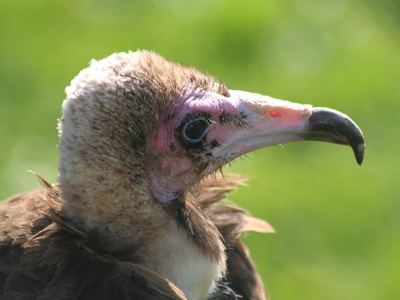
Hooded Vulture
A smaller vulture that often lives near human settlements. Its population has crashed due to poisoning, persecution, and trade for belief-based use. It has a relatively slender bill, allowing it to pick scraps of meat from carcasses that larger vultures miss.
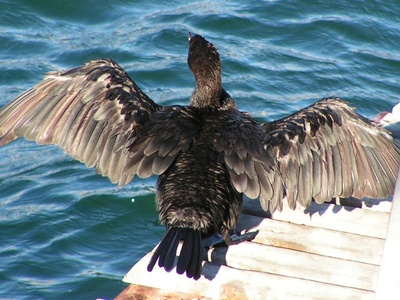
Cape Cormorant
A seabird that forms huge flocks, endemic to the Benguela Current. It is endangered due to a severe lack of its main food, sardines and anchovies, caused by overfishing and climate-driven shifts in fish stocks. Breeding colonies have declined catastrophically.
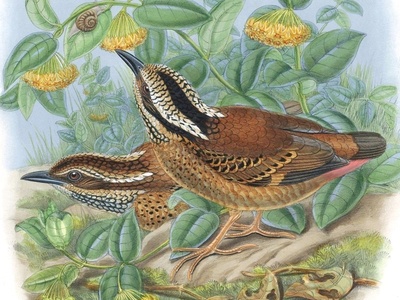
Spotted Ground-thrush
A shy and elusive thrush that forages on the forest floor. It is endangered due to severe fragmentation and degradation of its forest habitat from logging, agriculture, and coastal development. It is a flagship species for the conservation of South Africa’s indigenous forests.
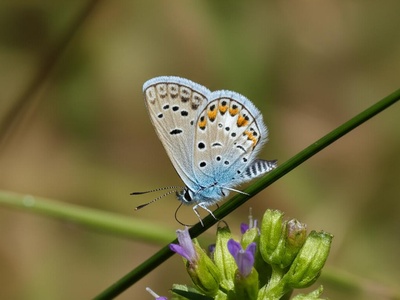
Karkloof Blue Butterfly
A critically endangered butterfly completely dependent on its host plant, *Indigofera woodii*. Its habitat has been almost entirely destroyed by commercial forestry and agriculture. Conservation efforts focus on restoring the specific grassland habitat needed for its survival.
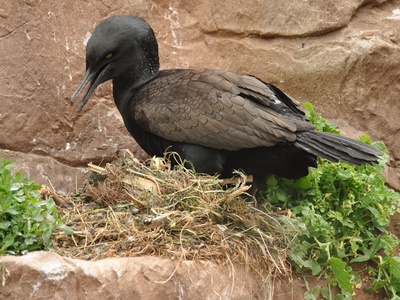
Bank Cormorant
A heavy-bodied seabird that feeds on bottom-dwelling fish and rock lobster. Its population has collapsed due to food shortages, displacement from breeding sites by Cape Fur Seals, and human disturbance. It’s one of southern Africa’s most threatened seabirds.
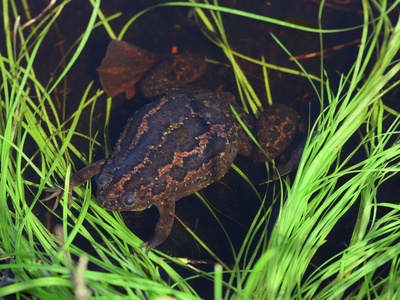
Cape Platanna
A rare aquatic frog that lives in acidic, tannin-stained waters. It is endangered by habitat loss due to agriculture and urbanisation, and by hybridization with the invasive Common Platanna (*Xenopus laevis*), which was spread globally for use in pregnancy testing.
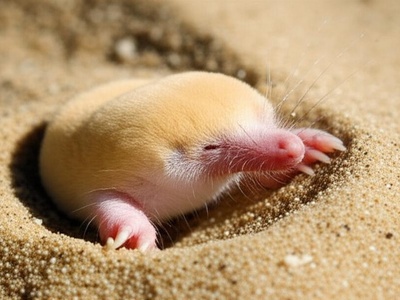
Van Zyl’s Golden Mole
A tiny, blind, sand-swimming mole endemic to a small coastal strip. It is endangered by habitat destruction from coastal diamond mining and resort development. It “swims” through loose dune sand, hunting for insects and lizards by sensing vibrations.
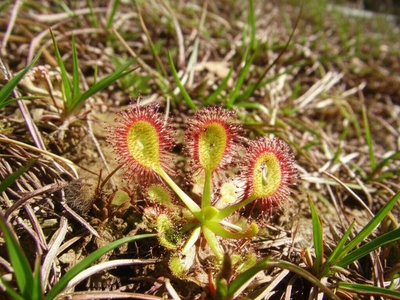
Dwindling Sun-dew
A tiny, critically endangered carnivorous plant known from just one small site. It catches insects with sticky tentacles and is threatened by invasive alien plants. The entire global population is found within a few square meters, making it exceptionally vulnerable.
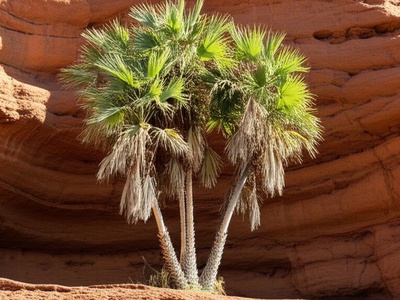
Pondoland Coconut
A rare, clumping palm that resembles a coconut but is not a true coconut. It grows on sandstone cliffs and is endangered due to its extremely restricted range, over-harvesting for its seeds, and habitat degradation from invasive species.
